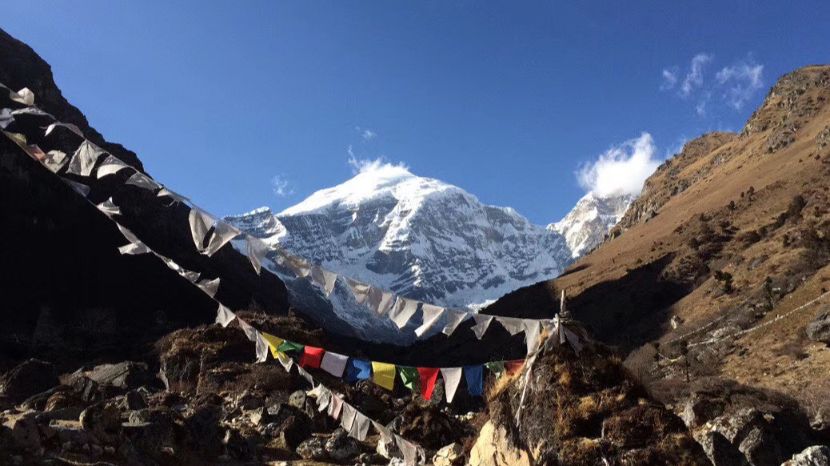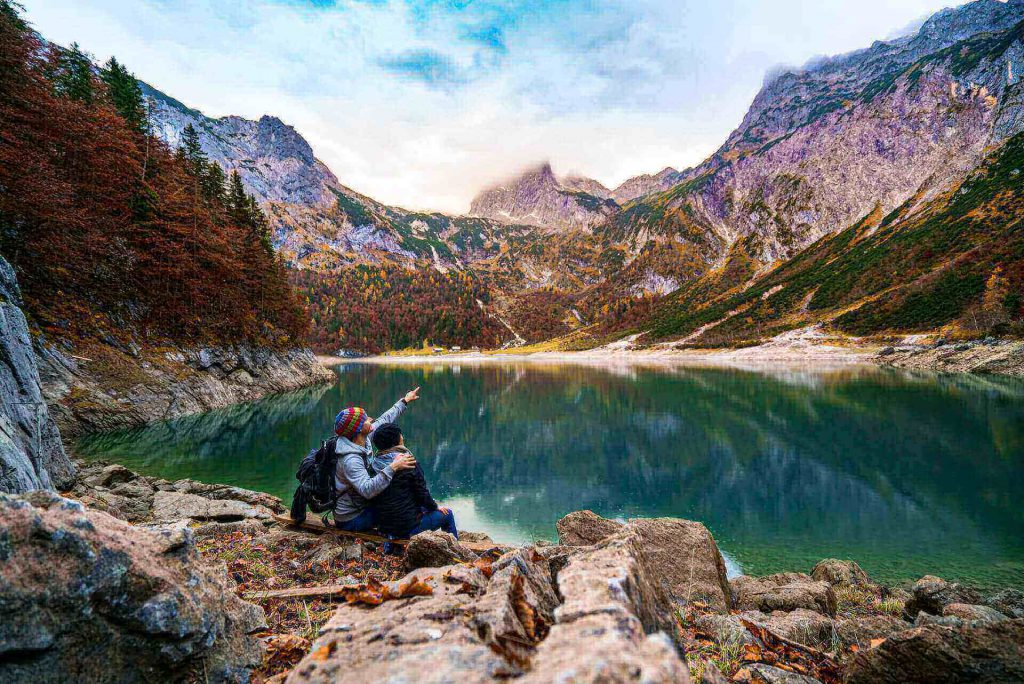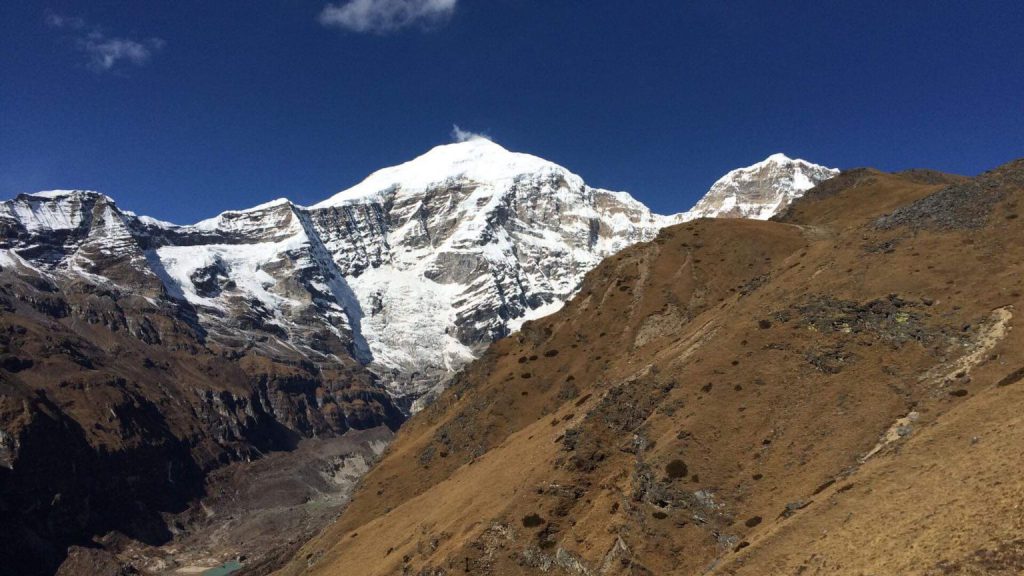The Dagala Trek in Bhutan is one such trek. In addition to its many small, beautiful lakes called the “Thousand Lakes Trek” and breathtaking visit, it remains relatively unexplored with fewer trekkers.
Dagala trek follows a trail along the ridge-line of Dagala range, that separates Thimphu valley from the lower hills to the south with uninterrupted views in almost all direction. On a clear day, you can see not only the peaks of Bhutan, but could also see far off peaks of Sikkim and Nepal as well. With exposed ridge line, the weather can also change dramatically in a short period.
The trek begins from above the village of Genekha, situated on the slopes of a hill between Thimphu and Paro. As the trek progresses, it gradually unveils many of its treasures, such as beautiful alpine meadows, numerous small lakes, nomadic yak herders’ camps, varied forms of flora and fauna, and a soulfully pristine environment. Not only does it invigorate the spirit with its awe-inspiring landscapes and unspoiled environment, but it also provides an opportunity for a close encounter with nomadic yak herders.
This trail now used only by nomadic Yak Herders and few trekkers, was once an important trade route connecting Thimphu with Dagana in south. However, aside from a significant altitude gain on the second day of the trek, it is generally considered to be a moderate to easy level of difficulty. With an exposed ridge line, the weather can also change dramatically in a short period along the trail. However, the advantage of this route is that you can rapidly descend to lower altitudes in a short amount of time.
In the spring, the forest along the lower ridges is ablaze with rhododendron blooms, and during the summer, the alpine meadows come alive with a technicolor array of wildflowers. With the opportunity to meet the nomads and learn about their lifestyle, as well as the breathtaking views throughout, the Dagala trek is truly exceptional.
Overview
Travel is the movement of people between relatively distant geographical locations, and can involve travel by foot, bicycle, automobile, train, boat, bus, airplane, or other means, with or without luggage, and can be one way or round trip. Travel can also include relatively short stays between successive movements.
The origin of the word “travel” is most likely lost to history. The term “travel” may originate from the Old French word travail, which means ‘work’. According to the Merriam Webster dictionary, the first known use of the word travel was in the 14th century.
It also states that the word comes from Middle English travailen, travelen (which means to torment, labor, strive, journey) and earlier from Old French travailler (which means to work strenuously, toil). In English we still occasionally use the words “travail”, which means struggle. According to Simon Winchester in his book The Best Travelers’ Tales (2004), the words “travel” and “travail” both share an even more ancient root: a Roman instrument of torture called the tripalium (in Latin it means “three stakes”, as in to impale).



